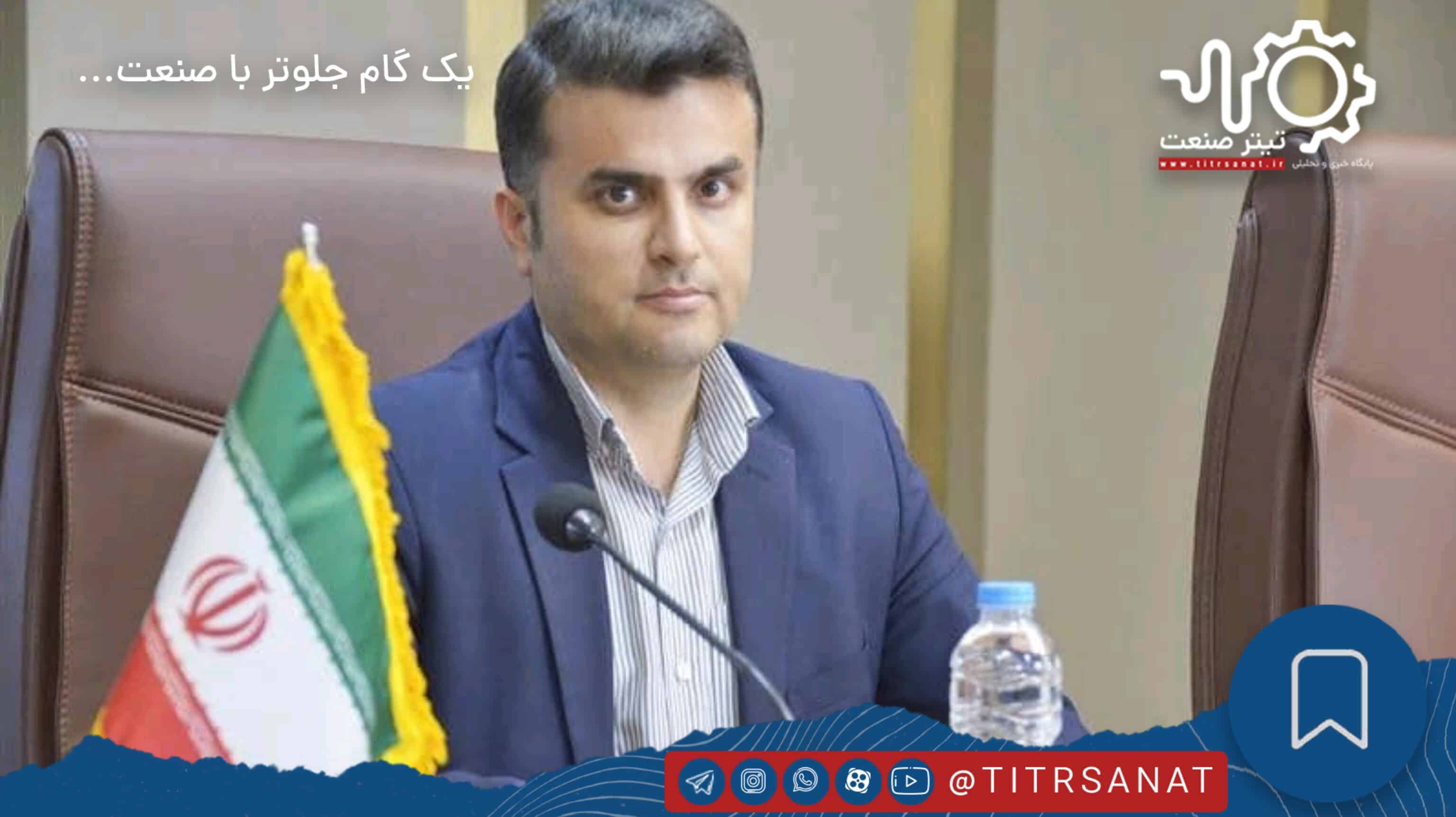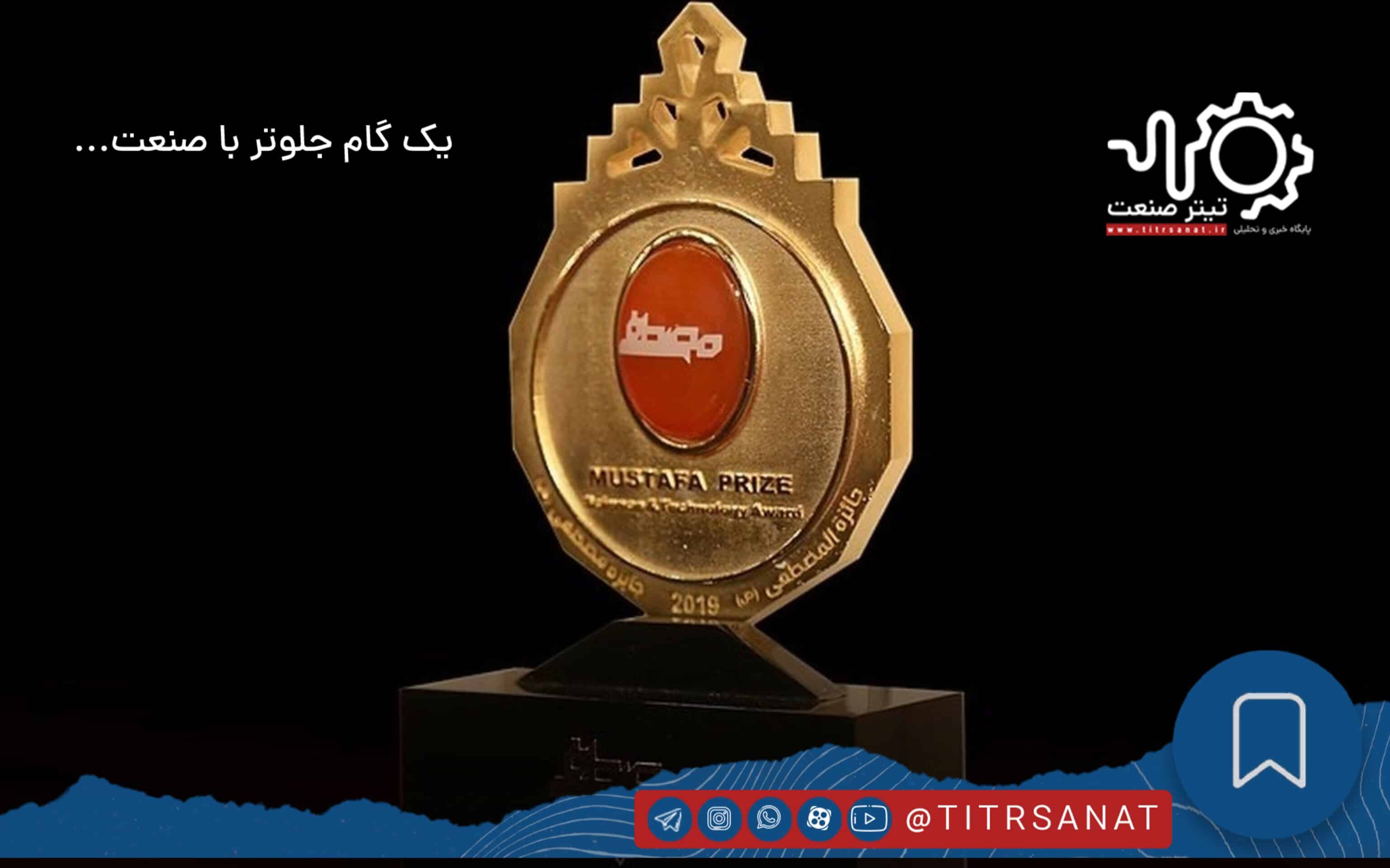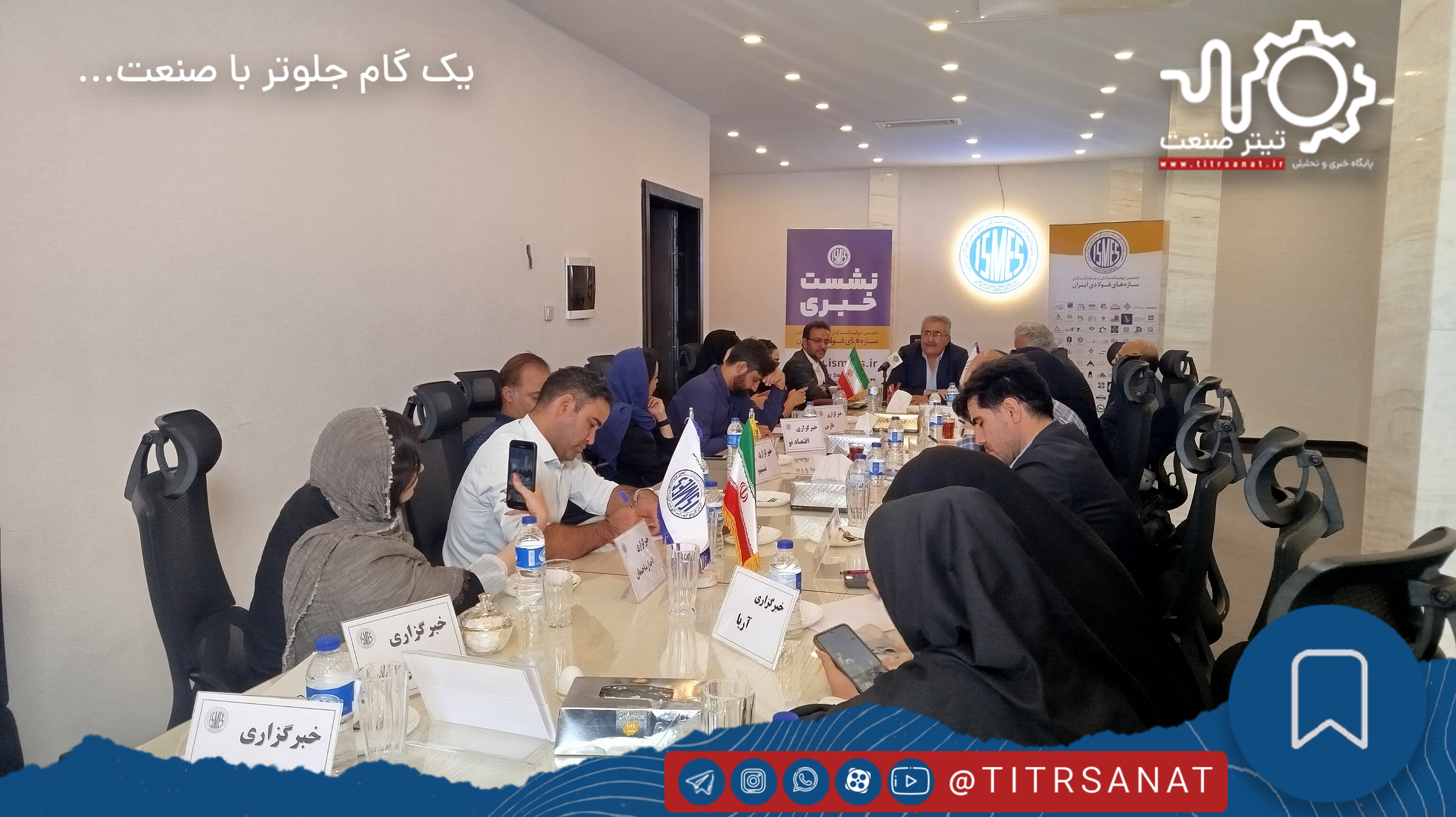According to Titrsanat, the Anzali Free Zone, as Iran’s only port on the Caspian Sea and spanning more than 130 square kilometers, is considered the most important commercial gateway in the country’s north.
This strategic zone, with direct access to the Caspian Sea and its international waters, and its connection to the national rail and road transport networks, has become a key hub for cargo movement and transit in Iran and the region.
According to official statistics, the annual volume of goods passing through Caspian Port — the main commercial hub of the Anzali Free Zone — exceeds 4 million tons, and in recent years has experienced an average annual growth of around 15 percent.
This remarkable growth is the result of extensive investments in the development of port, transit, and logistics infrastructure. Mehdi Kazemian, spokesperson and public relations director of the Free Zone, emphasizing the importance of Chinese investors in creating industrial added value, says: “More than 10 production units with direct Chinese investment are currently in operation, and trade conducted by Chinese merchants constitutes a significant part of the region’s economic activities.”
One of the most prominent logistics projects in the Anzali Free Zone is the activation of the China–Kazakhstan–Iran transit corridor, which spans more than 7,000 kilometers and serves as an alternative, high-speed land route for transporting goods from East Asia to northern Iran and then to domestic and export markets. This corridor, by reducing transportation time by up to 30 percent compared to traditional sea routes, has enabled faster and more cost-effective access to goods.
In addition, Anzali, as the final point of this corridor in Iran, is equipped with advanced unloading, loading, and warehousing facilities that help streamline the movement of goods.
Cooperation between the Anzali Free Zone and the Eurasian Economic Union — consisting of Russia, Kazakhstan, Belarus, Armenia, and Kyrgyzstan — has accelerated the expansion of Iran’s export markets. The union’s population of 300 million offers a major opportunity for the entry of Iranian products, particularly industrial and agricultural goods. Kazemian notes that exports through the Anzali Free Zone to these markets have more than tripled this year, with a wide range of products — from raw materials and edible oils to industrial components — being exported via this route.
The rail connection of Caspian Port to Iran’s national railway network last year, with the capability of transporting…
…multi-modal rail–port transportation, has created a major transformation in the region’s logistics system. With the ongoing construction of Caspian Port’s dedicated railway station, the unloading and loading of goods will be carried out faster and more cost-effectively, significantly increasing the region’s transit capacity.
Additionally, projects to improve road access routes to the Anzali Free Zone, along with the construction of a multi-level parking facility, new breakwaters, and the zone’s third industrial estate, are being pursued with the aim of facilitating transportation and increasing industrial and commercial capacities.
The improvement of the business environment in the Anzali Free Zone, through the facilitation of imports such as mobile phones and new automobiles — which previously faced multiple customs issues — has created the groundwork for the expansion of modern trade. According to Kazemian, these measures have led to unlimited commercial growth in Gilan Province and have helped meet consumer needs.
With its exceptional geographic position, multi-purpose port, and strong logistics infrastructure, the Anzali Free Zone has not only become a regional transit hub but is also considered the main axis of export and import development in northern Iran. This zone offers domestic and foreign companies investment opportunities and easy access to the vast Asian and European markets.
The increase in transit operations, the expansion of international cooperation, and the development plans for logistics infrastructure have outlined a clear outlook for the sustainable growth of the Anzali Free Zone and for enhancing the Islamic Republic of Iran’s international standing in global trade.




















Comments